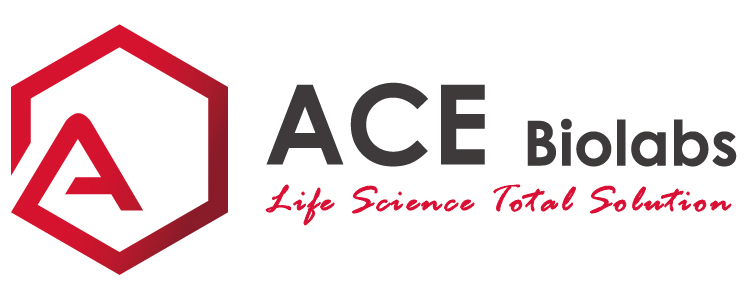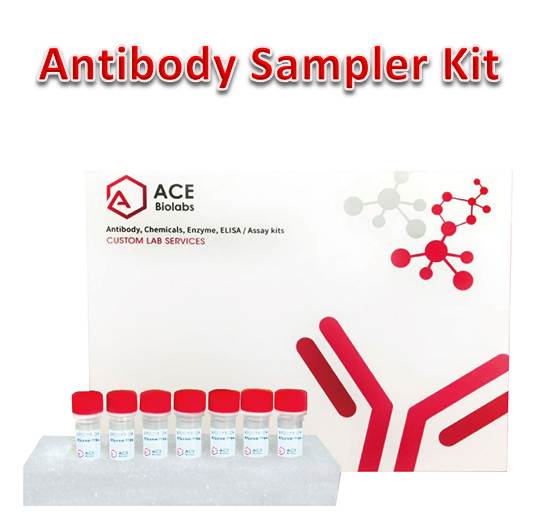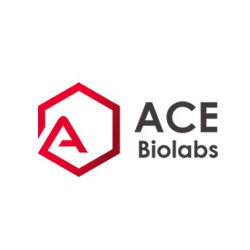Antibody, Antibody Sampler Kit
High Mobility Group (HMG) Proteins Antibody Sampler Kit
- Catalog Number : AK0167
- Number :
-
Size:
Qty : - Price : Request Inquiry
Introduction
High mobility group (HMG) proteins are a superfamily of abundant and ubiquitous nuclear proteins that bind DNA without sequence specificity and induce structural changes to the chromatin fiber to regulate access to the underlying DNA. HMGA1, formerly known as HMG-I/Y, belongs to a family of high mobility group proteins known as HMGA. HMGA proteins are considered architectural transcription factors; they do not have direct transcriptional activation capacity, but instead regulate gene expression by changing DNA conformation through binding to AT-rich regions in the DNA and/or direct interaction with other transcription factors. HMGA1 is highly expressed during embryogenesis and in embryonic stem cells, but not in fully differentiated adult tissues. High mobility group protein B1 (HMGB1) and high mobility group protein B2 (HMGB2) belong to a family of highly conserved proteins that contain HMG box domains. HMGB1 is a widely expressed and highly abundant protein. HMGB2 is widely expressed during embryonic development, but it is restricted to lymphoid organs and testis in adult animals. While expression varies, the biochemical properties of the different family members may be indistinguishable. HMGB proteins are recruited by and help facilitate the assembly of site-specific DNA binding proteins to their cognate binding sites in chromatin. For example, HMGB1 and HMGB2 facilitate the binding of Hox proteins, Oct proteins, p53, Rel proteins, and steroid hormone receptor proteins to their target gene promoters. In addition to their functions in the nucleus, HMGB proteins play a significant role in extracellular signaling associated with inflammation. HMGB1 is massively released into the extracellular environment during cell necrosis, but not apoptosis. Extracellular HMGB1 "alarms" the innate immune system by acting as a chemoattractant for inflammatory cells triggering activation of T cells and dendritic cells. In addition, activated monocytes, macrophages, and dendritic cells also secrete HMGB1. HMGB2 is secreted by mye
General Information
| Reactivity | Human, Mouse, Rabbit |
|---|---|
| Application | WB, ELISA |
| Host | Rabbit |
| Clonality | Polyclonal |
| Storage instruction | Store at -20℃. Avoid freeze / thaw cycles. |
| Research topic | Chromatin modulation; Transcriptional regulation; |
PRODUCT INCLUDES
|
Cat No. |
Product name |
Quantity |
Applications |
Reactivity |
Host |
|
A340167 |
HMGA1 Polyclonal Antibody |
20μL |
WB, ELISA |
Human, Mouse, Rat |
Rabbit |
|
A340548 |
HMG-1 Polyclonal Antibody |
20μL |
WB, IHC, IF, ELISA |
Human, Mouse, Rat |
Rabbit |
|
A340549 |
HMG-2 Polyclonal Antibody |
20μL |
WB, IHC, IF, ELISA |
Human, Mouse, Rat |
Rabbit |
|
A1013s |
Goat Anti-Rabbit IgG (H+L) (peroxidase/HRP conjugated) |
120μL |
WB, ELISA |
Rabbit |
Goat |







.png)